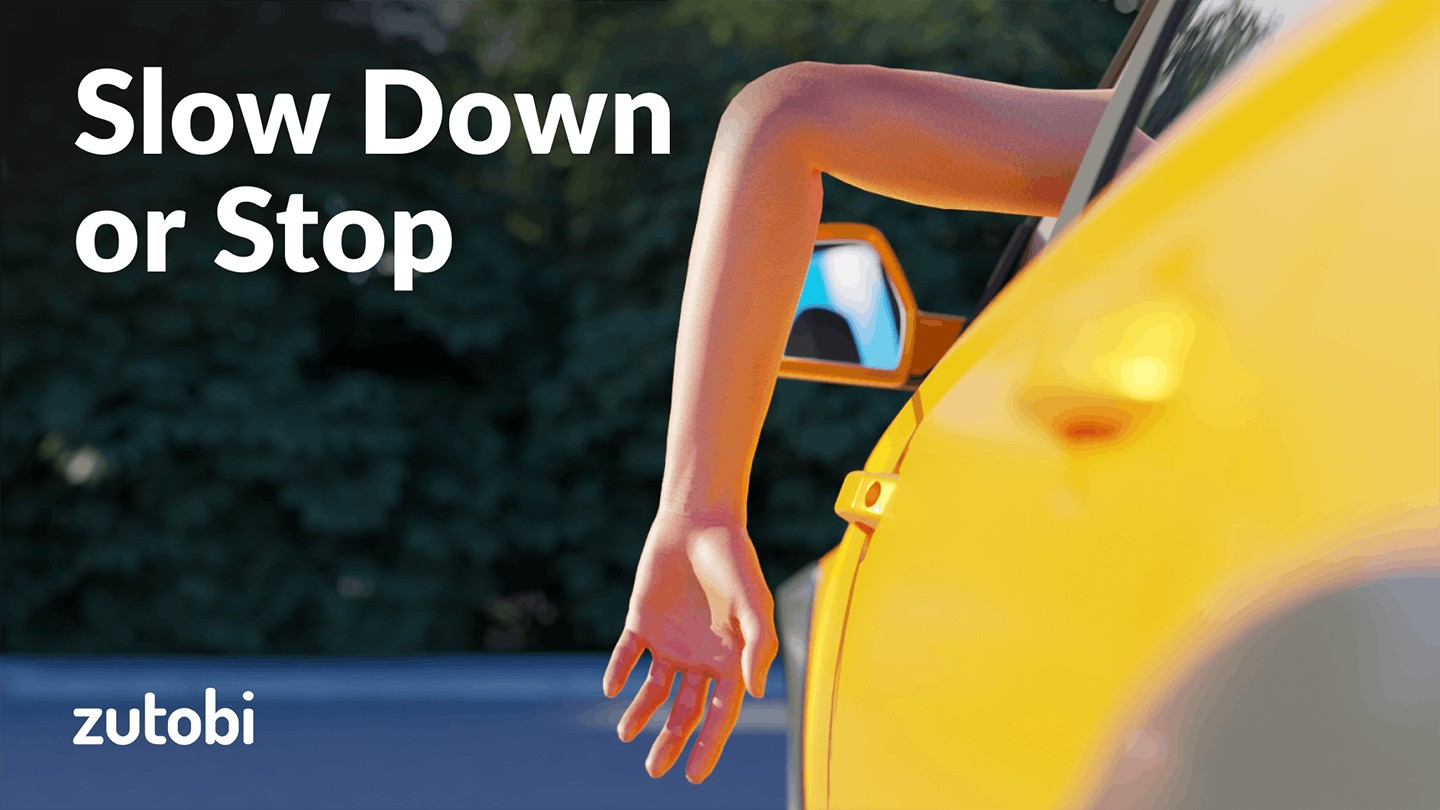Whether you’re a seasoned driver or just starting out, understanding Car Hand Gestures is an essential aspect of road safety. While modern vehicles are equipped with turn signals and brake lights, hand signals remain a crucial backup and a universally understood form of communication on the road. In situations where your vehicle’s signals malfunction or are obscured, knowing and using these gestures can prevent accidents and ensure clear communication with other drivers, cyclists, and pedestrians.
In this comprehensive guide, we will delve into the essential car hand gestures every driver needs to know. We’ll explain each signal clearly, detail when and how to use them effectively, and highlight their importance for safe driving practices.
Decoding the Essential Driving Hand Signals
There are three fundamental hand signals that every driver should be familiar with. These simple gestures can convey your intentions clearly when your vehicle’s signals are not functioning or visible. Let’s break down each one:
1. Slow Down or Stop Hand Signal
To signal that you are slowing down or coming to a complete stop, extend your left arm out of the driver’s side window and point it downwards, with your palm facing towards the rear of your vehicle. Ensure your arm is fully extended and visible in your side mirror and to drivers behind you. Maintain this hand signal until you have slowed down sufficiently or come to a complete stop. This gesture clearly communicates your intention to decelerate or halt, especially useful if your brake lights are not functioning correctly or are difficult to see in bright sunlight.
2. Left Turn Hand Signal
Indicating a left turn requires a straightforward hand gesture. Extend your left arm straight out horizontally through your driver’s side window, with your palm facing outwards, perpendicular to the vehicle. This clear signal informs drivers and other road users behind you that you intend to make a left turn. It’s crucial to signal your intention to turn at least 100 feet before the turn, maintaining the hand signal until you begin the maneuver. This is particularly vital when your left turn signal is not working or is obstructed from view.
3. Right Turn Hand Signal
Signaling a right turn using hand gestures involves extending your left arm out of the driver’s window and bending it upwards at a 90-degree angle, with your palm facing forward. This ‘L’ shape, made with your arm, clearly signals your intention to turn right. Just like with the left turn signal, it’s essential to signal at least 100 feet before initiating the turn and keep your arm visible until you start turning. Be mindful that drivers on your right might have a less direct view of this signal, so extra caution and observation are recommended before turning.
When are Car Hand Gestures Necessary?
While modern cars have advanced signaling systems, there are still critical situations where hand gestures become indispensable for driver communication and safety. You must employ hand signals in the following scenarios:
- Turn Signal Malfunction: If your vehicle’s turn signals are not working due to electrical issues or bulb failure, hand signals become your primary way to indicate turns and lane changes.
- Obscured Signals: Bright sunlight, vehicle obstructions, or even mud and snow can obscure your vehicle’s signal lights, making them difficult for other drivers to see. Hand signals provide a clear and visible alternative.
- Emergency Situations: In unexpected situations where your car’s electrical system is compromised due to an accident or mechanical failure, hand signals can be the only way to communicate your intentions on the road.
- Interacting with Cyclists and Pedestrians: Hand signals can be particularly useful when communicating with cyclists and pedestrians, especially in situations where they may not clearly see your vehicle’s signals.
- Driving Older Vehicles: Classic cars or older vehicles might have less reliable or less visible signaling systems, making hand signals a more dependable communication method.
It’s important to remember that signaling your intentions is not just a courtesy; it’s a legal requirement in every U.S. state. Signaling at least 100 feet before turning is the standard practice, ensuring other road users have ample time to react to your actions.
Hand Signals: A Supplement, Not a Substitute
It’s crucial to understand that car hand gestures are intended as a temporary solution and a supplementary communication method. They are not a replacement for properly functioning turn signals and brake lights. Maintaining your vehicle in good working order, including all lighting systems, is paramount for your safety and the safety of others on the road. If your car’s lights are malfunctioning, it’s essential to address the issue promptly and get them repaired by a qualified mechanic. Ignoring faulty signals and relying solely on hand gestures is not a safe or responsible driving practice.
Hand Gestures and Your Driving Test
Are hand signals part of your driving test? The answer is a definitive yes. Driving examiners will typically require you to demonstrate your knowledge and ability to perform at least one, if not all three, of the basic hand signals during your driving test. This is to ensure that you understand these essential communication methods and can use them effectively if the need arises. Mastering car hand gestures is not just about passing your test; it’s about becoming a well-rounded, safe, and responsible driver.
By understanding and practicing these simple yet crucial car hand gestures, you enhance your ability to communicate effectively on the road, contributing to safer driving for yourself and everyone around you.
